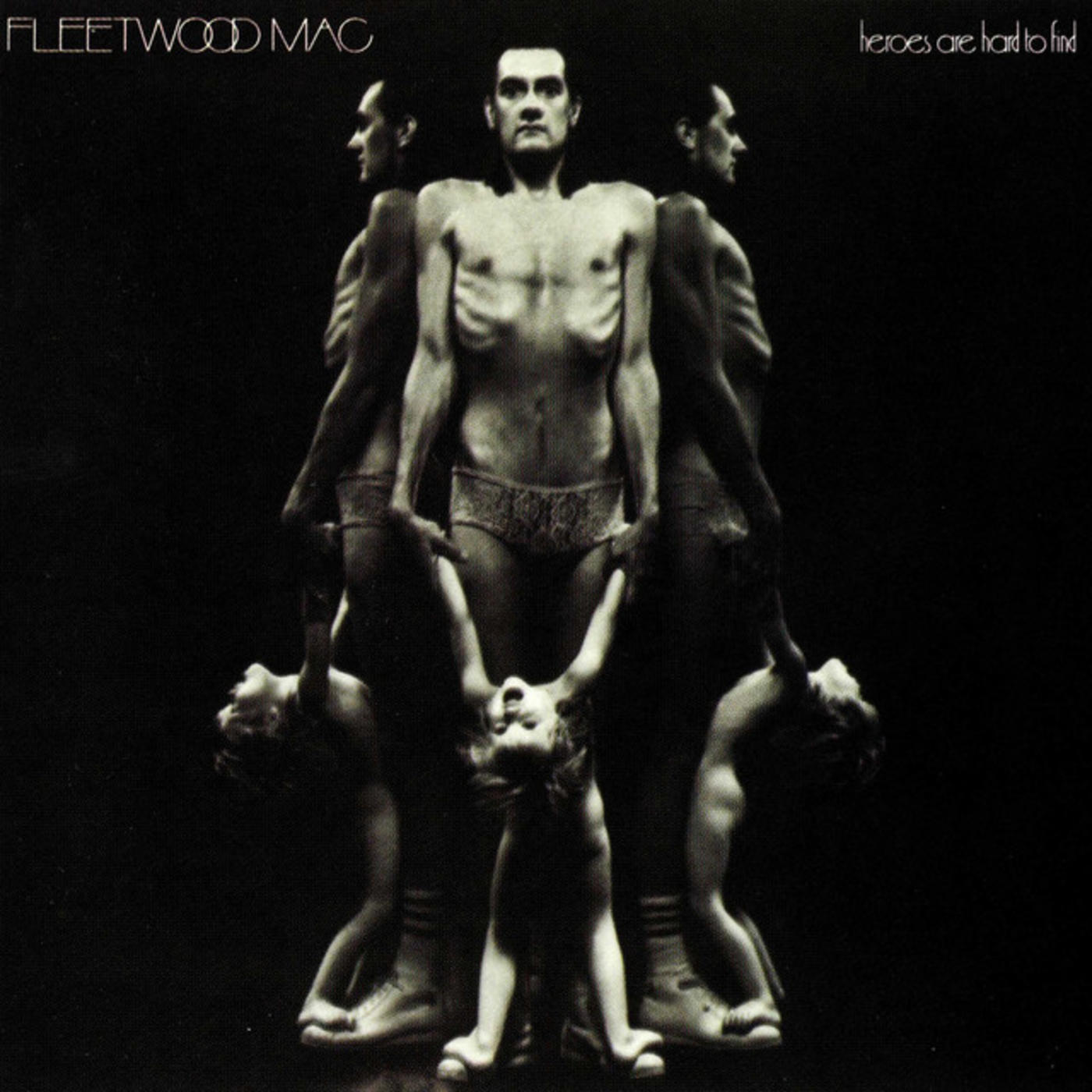March 1977: Fleetwood Mac Peak at #10 on the Hot 100 with GO YOUR OWN WAY

There's really no overstating the emotional drama and tension that inspired Fleetwood Mac's Rumours album. The album's lead single, "Go Your Own Way," hit the radio and the charts with equal and tremendous force. Powering the track: guitarist Lindsey Buckingham's blind rage towards Stevie Nicks, as the couple was breaking up during the recording process.
"I very much resented him telling the world that 'packing up, shacking up' with different men was all I wanted to do," Nicks later admitted to Rolling Stone about the caustic lyrics. "He knew it wasn't true. It was just an angry thing that he said. Every time those words would come onstage, I wanted to go over and kill him. He knew it, so he really pushed my buttons through that. It was like, 'I'll make you suffer for leaving me.' And I did."
While recording the tune, Buckingham was so determined to create the sounds in his head that producer Ken Calliat wasn't sure what to make of it: "I remember watching him guide Mick (Fleetwood) as to what he wanted - he'd be so animated, like a little kid, playing these air tom fills with his curly hair flying. Mick wasn't so sure he could do what Lindsey wanted, but he did a great job, and the song took off."
Released ahead of the Rumours album in December 1976, "Go Your Own Way" was the hit the band and label were looking for, paving the way for the LP's chart domination for most of 1977. The track charged up the Hot 100 to peak at #10 for the week of March 12, 1977. The #1 song in America that week: Barbra Streisand's "Evergreen (Love Theme from 'A Star is Born')."
FUN FACT: "Go Your Own Way" features such an unorthodox arrangement that popular L.A. DJ, B. Mitchell Reed, dismissed the track the first time he played it on-air, sniffing, "I don't know about that one." Lindsey Buckingham, who was listening at the time, called the DJ immediately to ask what his issue was with the tune. His answer: "I can't find the beat." Buckingham blamed himself. "As soon as I came up with the acoustic part, the whole song came to life for me, because it acted as a foil for the vocals and a rhythmic counterpoint," he later explained. "So when it comes in, you don't have a reference point for where the 'one' is, or where the beat is at all. It's only after the first chorus comes in that you can realize where you are - and that's what that DJ was confused about."


